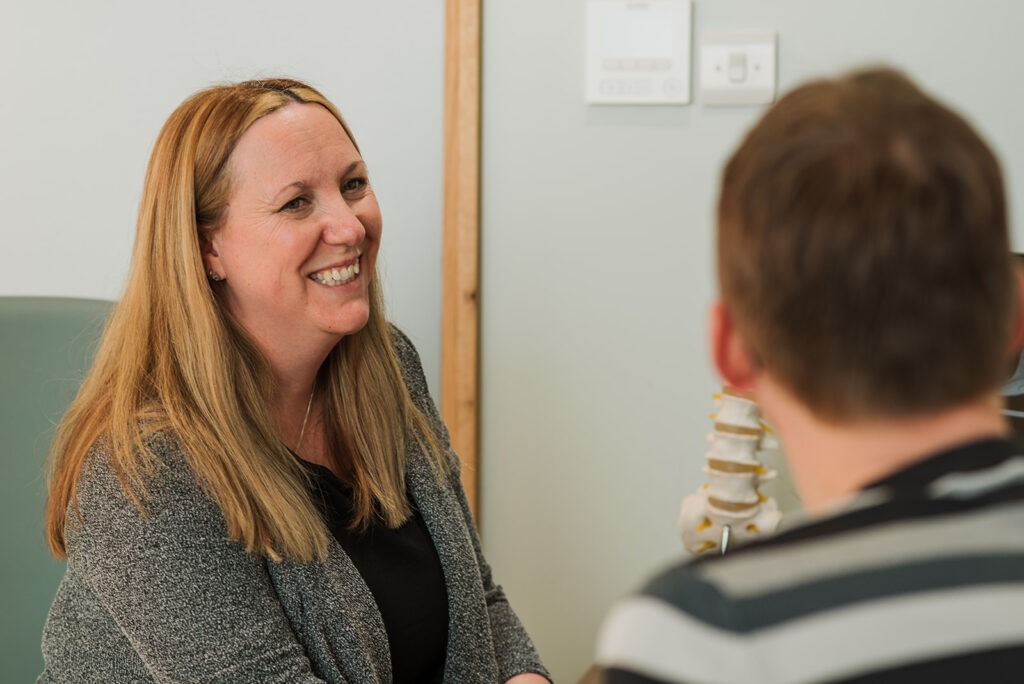Conditions
Understanding Myofascial Pain Syndrome
Myofascial Pain Syndrome (MPS) is a chronic pain disorder resulting from tight, sensitive areas within muscles—often called trigger points. When these points are pressed, they can produce pain in other seemingly unrelated parts of the body, known as referred pain. Common symptoms include deep, aching muscle pain, stiffness, and disturbed sleep due to discomfort. Triggers for MPS may include muscle strain, injury, stress, or anxiety. It frequently affects the neck, back, shoulders, and legs, but can occur anywhere in the body. Early identification and treatment can significantly improve quality of life.

